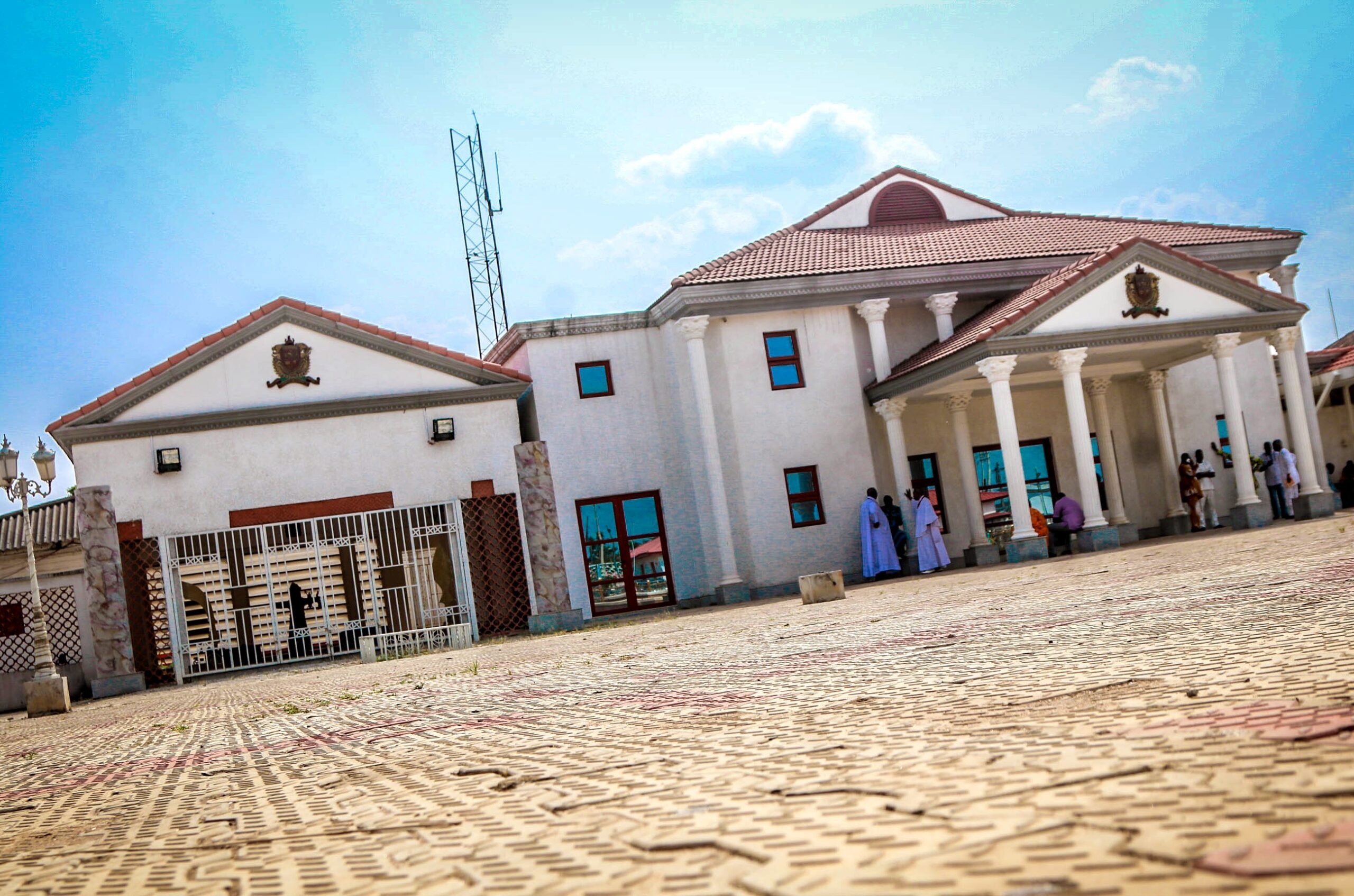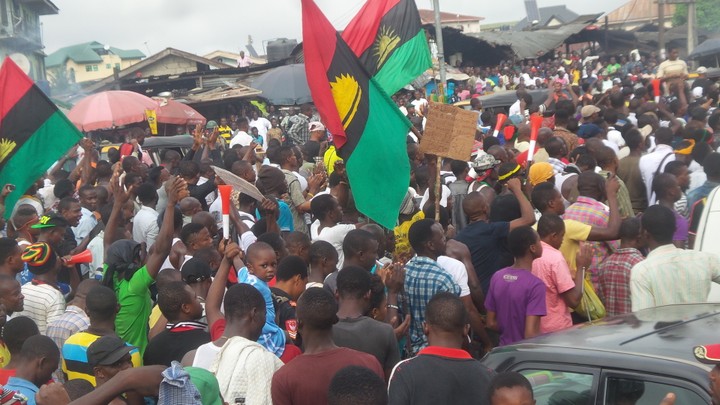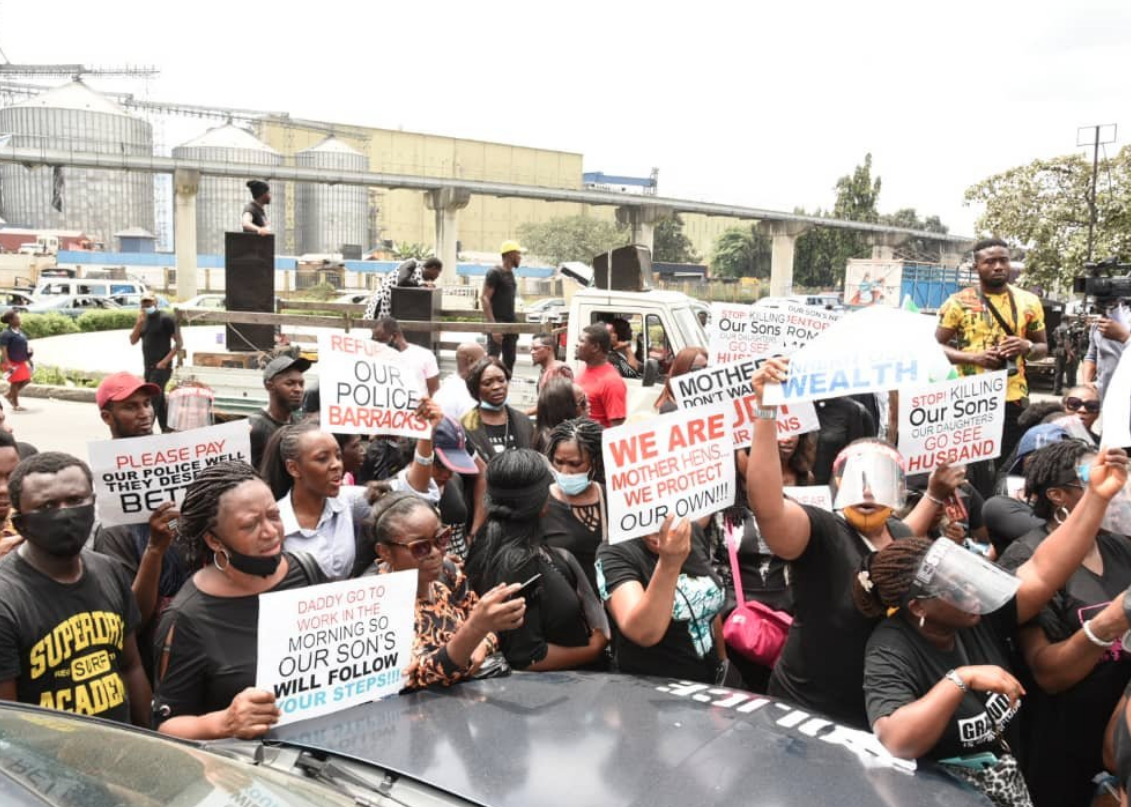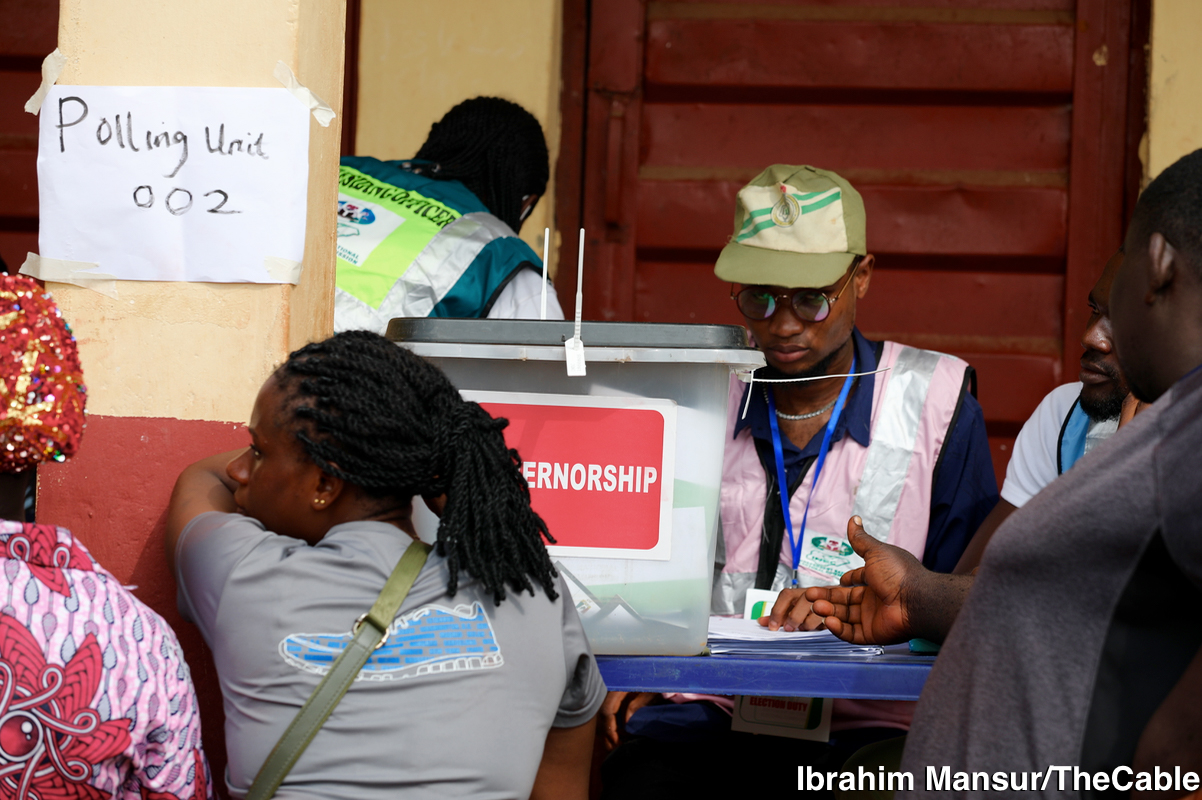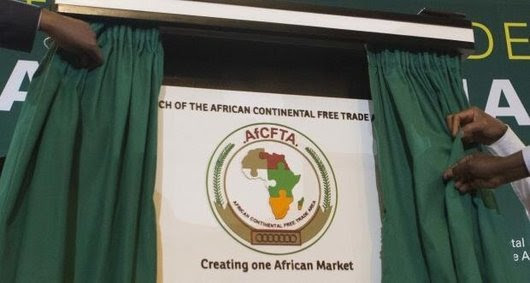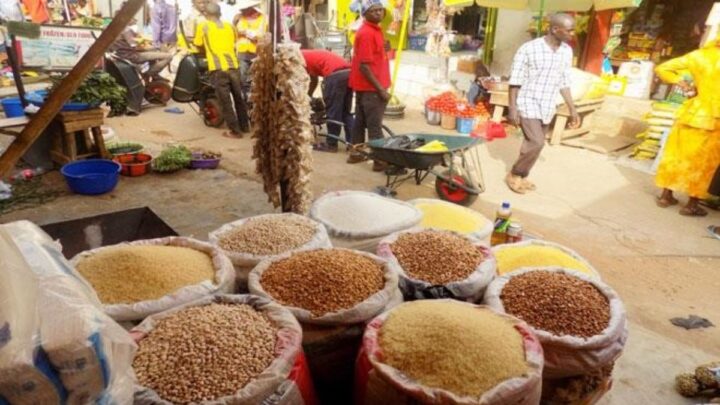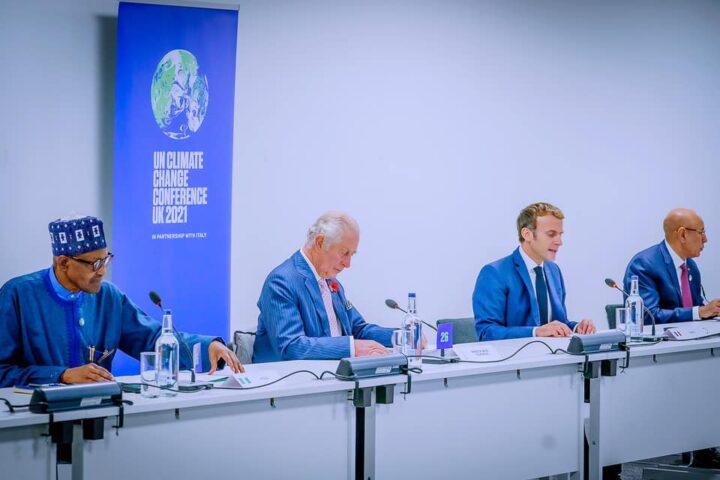BY SAM OBOH
If I did not know any better, I would have sworn that the photograph shown above is that of a building in Greece or some parts of Eastern Europe built during the depression but no, it is the palace of the Oba of Benin. This is quite sad and shameful even though the Great Benin Kingdom has one of the richest architectural languages of all times, as represented by its rich cultural artefacts and system of symbols, durable materials and excellent craftsmanship. Shameful and sad because decision-makers at the palace chose the retched language of the oppressors and colonizers that ransacked the kingdom in 1897 to express what should have been the most important backdrop and poster image of the palace.
This colonial building does nothing to edify the rich history and culture of the Great Benin Kingdom and unfortunately, all it does is misrepresent and miseducate people about the historical prowess and significance of the actual Great Benin Kingdom… and as such, the best recommendation to the palace is to replace that building with one that is authentically and unapologetically Bini… i.e., one that is genuinely indigenous and reflective of true Benin architecture and gives expression to the richness of Benin culture, values and sense of place.
When I refer to a sense of place, I am trying to bring attention to the fact that the Great Benin Kingdom is the place where the world was taught one of the best lessons in human settlement tactical defence and security with the construction of the great moat of the Benin Kingdom. This is the place where the world learned about true sustainability in resource management as demonstrated in how character-defining elements such as impluviums in most buildings in the ancient Benin Kingdom were used to rethink how we reduce, reuse, and recycle resources like rainwater in the building.
Advertisement
As an emblem of Bini culture, the palace main building should manifest elements that are representative of the proud indigenes of the Great Benin Kingdom and give expression to the values of Edo people in manners that are substantive and able to adequately capture the spirit of the proud ancestral Benin Kingdom – embodying the creative, artistic, literary, musical, linguistic, culinary, and political prowess of the Edo people.
That colonial building in the palace that serves as the backdrop for the Oba when he addresses his people will need to be replaced by an authentic building – conceptualised at its core with true Benin Architecture rich in patterns and forms and will need to convey a compelling sense of place and cultural pride of the Edo people. The expression of the palace building must embody Edo cultural symbols and artefacts within the context of contemporary African setting while manifesting the values of Edo people and their deep-rooted respect for peace, social justice, the resilience of the Edo people.
If you have any doubt about what I am talking about, go visit the palaces of the Emir of Kano, Emir of Katsina, Emir of Zauzau, Sultan of Sokoto, just to name a few. Educate our people to embrace our rich African architecture as validated recently by the 2022 Pritzker Award in Architecture – won by Africa’s illustrious son Diébédo Francis Kéré from Burkina Faso.
Advertisement
Hope is not lost. Please help the palace in Benin decolonise itself…This situation presents an opportunity for meaningful engagement and representation of Edo people within the contemporary culture and tourism framework of Edo state and Nigeria…and enable a design process reflecting Edo Indigenous-led perspectives, prioritise culturally safe spaces and sensitively articulate elements that promote indigeneity of the Great Benin Kingdom while demanding building expressions that represent the great kingdom in the right way. We can help…the palace can reach out to me and my colleagues to guide them aright.
Oboh, (FAIA, FRAIC) is the vice president, Région 3 of the International Union of Architects (UIA)
Views expressed by contributors are strictly personal and not of TheCable.
